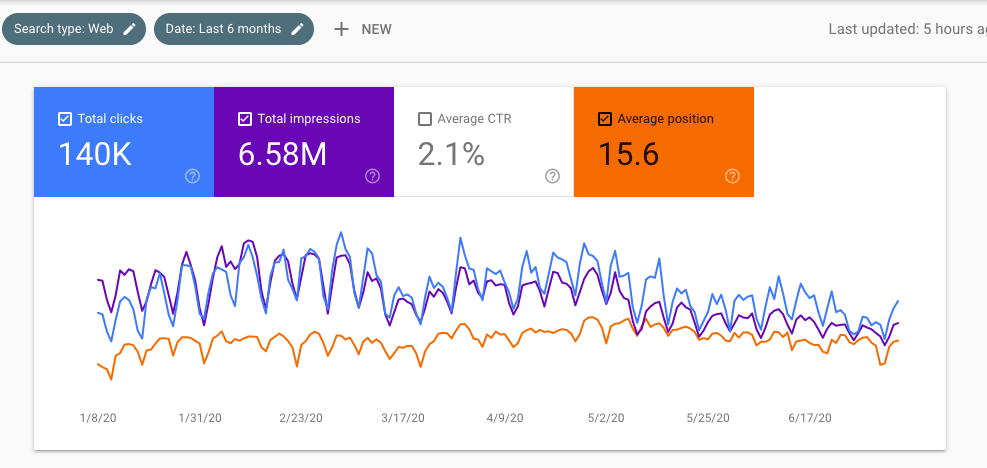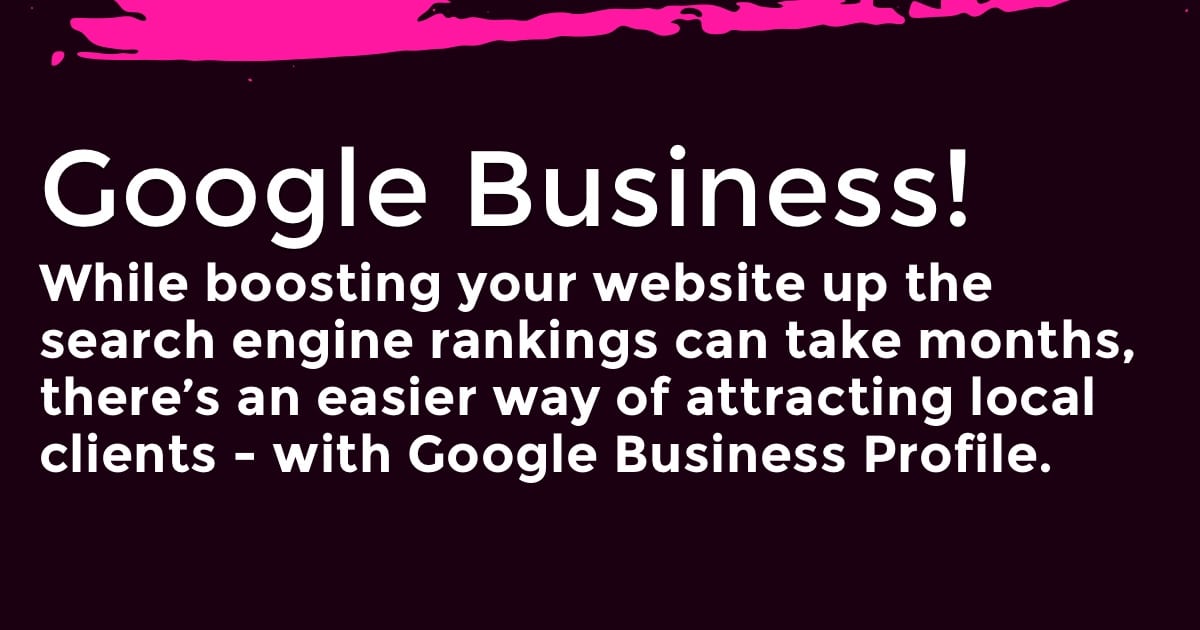You already know your website needs to stand out from the crowd to attract the customers you want to serve.
Getting to the top of Google’s search results page is the best way to get noticed by your target audience.
But, this is easier said than done and getting to the number one spot on Google takes a lot of hard work.
Google is always changing up their algorithms and it’s now more difficult than ever to get to the top of the SERP (search engine results page).
So, let’s break down how to get to the top of google. How do you climb up to number one – and stay there?
Here are the seven steps you need to implement to get your website to the top of Google.

Table of Contents
1. Write about relevant long-tail keywords
Keywords or key phrases are the words that your audience types into Google to find what they’re looking for online.
If you think you can rank on Google without using the right keywords, you’re going to hit some trouble further down the line. It’s unrealistic to think you can rank high on Google’s results without implementing some well-researched keyword strategy into your content.
Now, we’re not telling you to completely stuff your content with a random assortment of keywords, this won’t help your rankings at all. In fact, it might actually damage your reputation and your site could even be penalized by Google!
A good place to start with keywords is by looking at long-tail keywords. These are perfect for attracting the right people to your website.
Long-tail keywords usually consist of three or more words. Unlike singular keywords they’re more focused (and natural) as they include phrases that your customers will use in their searches.
When you write using long-tail keywords you’re giving your website a better chance at appearing on relevant searches by people you want to connect with – especially when they’re in your industry and your niche.
Here are a few examples of keywords and long-tail keywords so you can see the difference:
| Keywords | Long-Tail Keywords |
| Buy shoes | Where to buy designer shoes near me? |
| SEO tips | SEO tips for small businesses |
| Forest walks | Where can I go on a forest walk in Salisbury, NC? |
The more specific you get with the things you write about, the more likely Google will be to promote you to your target audience.
2. Optimize your website’s content
The only way to get to the top of the search results is to start climbing with great content. Put plenty of time and effort into your content and create helpful, engaging, and interesting pieces of copy for your audience to read.
Do you already have content on your site? That’s great! But if you’re here then that means you’re still trying to get to the top of Google.
You might have to optimize your current content to make it more appealing to Google (and your audience).
Here are some ways you can optimize your content for Google:Create excellent, engaging headings
Create excellent, engaging headings
You want your H1, H2, and H3 headings to not only stand out for your audience but to also stand out for search engines as well. Make sure your headings are catchy, easy to read and contain the necessary keywords that will help Google identify your pages.
Your blog posts and copy
Your onsite copy, as well as your blog posts, needs to be written so your audience can easily read them. The longer your clients read your content and stay on your site, the better. Google monitors how long your visitors stay on your site – the longer they stay, the higher Google will rank you.
You can optimize your website copy by:
- Present it using UX best practice (make it easy to read, interesting to look at and use plenty of white space)
- Writing short sentences so your readers can easily digest your content
- Making good use of bullet-pointed lists and paragraphs so your posts can be skimmed
- Using images and graphics to break up any walls of text
- Writing in an active voice instead of a passive voice
- Only writing relevant and useful information – no waffle!
3. Develop a content strategy (and use it)
To help get the most out of your content efforts, you’ll want to create a content strategy – or hire an agency to develop one for you – for your future content creation.
By having a detailed strategy at your fingertips you’ll be able to streamline your content creation process and have a consistent flow of new content on your site.
With a content strategy, you’ll know when and where you need to post content. You’ll know what topics you’re writing about and how often you need to post them.
4. Blog, and blog a lot.
How often are you posting fresh new content on your website?
Is it once or twice a month? Or are you blogging once a week?
Updating your website’s blog at least once a month is the minimum you should be doing. Posting something only once every so often or even worse – once a year isn’t going to help you get anywhere with SEO.
If you’re consistently posting unique, valuable content to your website then Google will actively push you up their search engine results.
Publishing articles on a weekly or monthly basis will help generate more trust with your audience too. The more trust you have, the more traffic you’re going to get on your site and the more traffic you get, the higher up on Google’s rankings you’ll be.
5. Get high-quality backlinks
Backlinks are like a gold mine when it comes to pleasing Google. Especially if they’re high-quality backlinks from trustworthy sources.
The more backlinks you have, the more Google will see you as a trustworthy site. These backlinks will need to come from credible sources though – if they don’t (or you flood your site with dodgy backlinks) then you’ll be penalized.
Don’t put your trust in any ‘quick fix’ guest post offers – they won’t supply you with any well-respected backlink sources. As always, if it sounds too good to be true, it is.
Approach getting your backlinks with care.
6. Keep your ‘Google My Business’ updated
Every business should have a Google My Business (GMB) listing. If you don’t, you’re missing out on a great opportunity to market your company and get more traffic to your site.
Google My Business is quick and easy to set up – and most importantly, it’s 100% free.
If you don’t have a GMB listing we’d recommend getting one as soon as possible – and if you do have one then it’s time to update it and optimize it for SEO.
Optimizing your GMB profile is all about updating your information and sharing accurate information about your company to any potential clients that search for your services.
By keeping your profile updated you’re also keeping Google happy, which means your business is more likely to show up when a customer searches with relevant keywords.
7. Analyze, Refine, Repeat
If you’re not seeing much of an improvement in your website’s ranking then there is only one thing for it.
- Analyze your site and identify where things are going wrong
- Refine your site by improving on the parts that are failing you
- Repeat this process until you see real results
Getting to the top of Google is an ongoing process – even when you reach the top, you have to work hard to maintain your position.
If you need some help climbing to the top of the search results, get in touch today!




